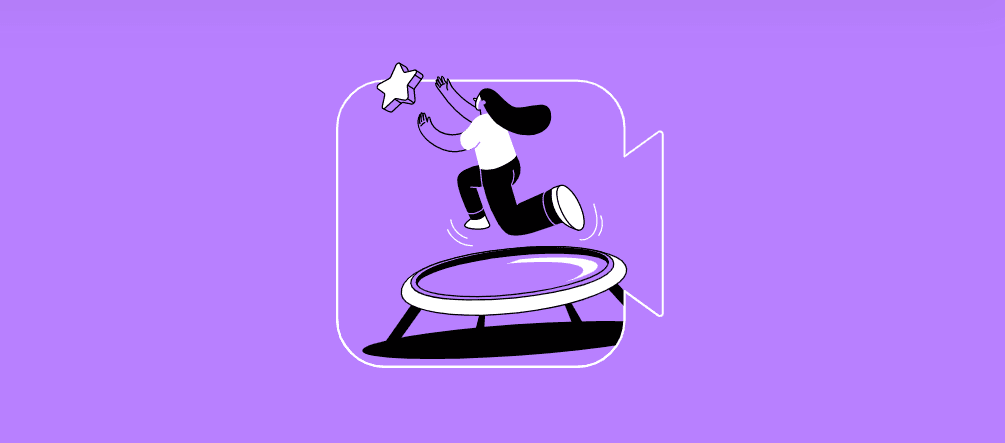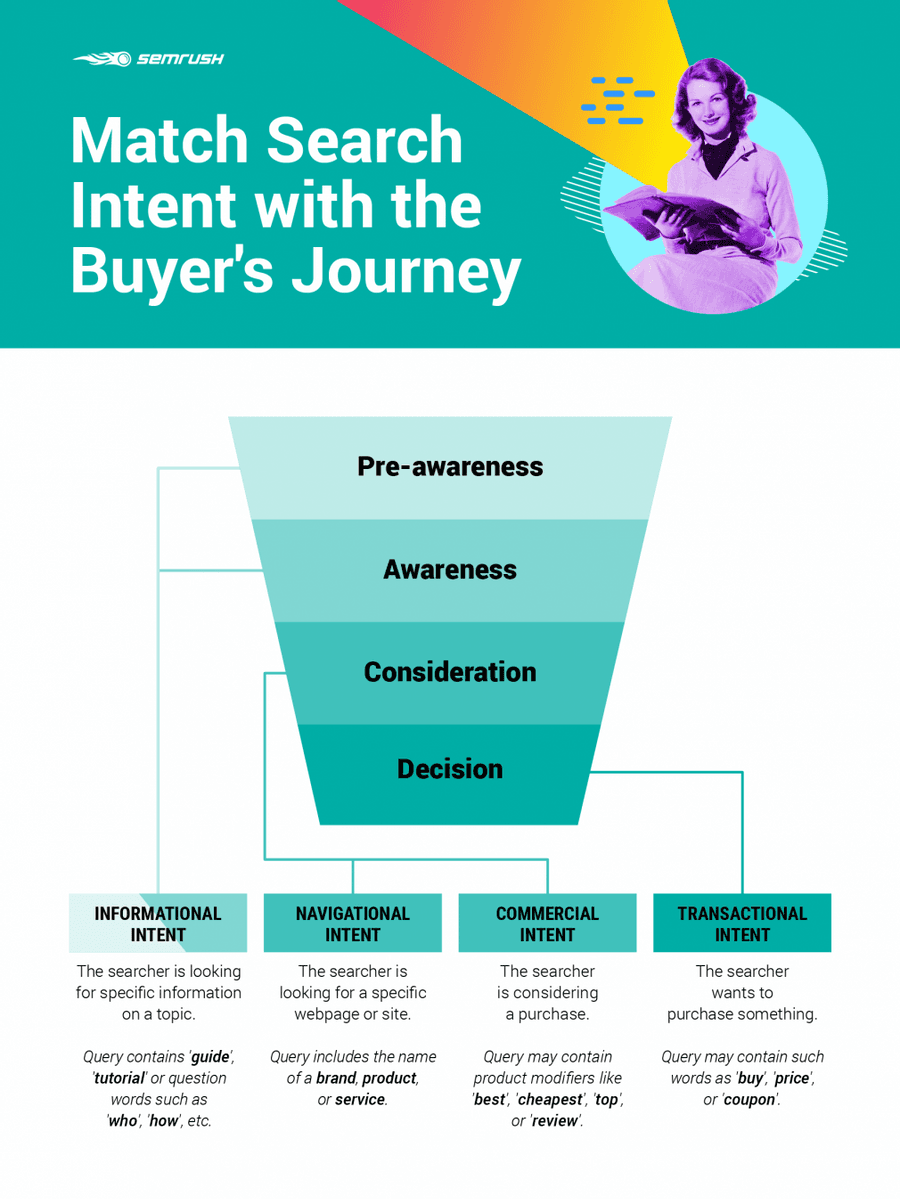Learn more about marketingandsales with this collection
How to analyze churn data and make data-driven decisions
The importance of customer feedback
How to improve customer experience
Step 1. Outlining Your Blog Strategy
- Determining Your Business Blog’s Purpose (e.g. Attracting quality traffic; Generating leads; Driving conversions; Educating users, etc.)
- Setting up Measurable Blog Goals (e.g. Attract X% of the total addressable market (TAM); Increase organic traffic by X%; or Get X% more leads in a year.)
- Defining Your Target Audience
- Deciding on the Content You’ll Publish (One of the approaches to this is to consider two kinds of content strategies - Publications & Libraries. Publications cover the latest industry news and trending topics. Libraries focus on evergreen content)
100
283 reads
Step 2. Identifying Your Core Blog Topics
- Topic Clusters: Create a ‘pillar’ page that roughly covers a general topic, & usually targets a high-volume keyword; & Several ‘cluster’ pieces of content that focus on specific, long-tail keywords.
- Determining Your Pillar Topics: Think about topics as they relate to your product or service. Review your product’s value proposition and persona portrait. Merge your audience's challenges with your product solutions to find a topic.
95
244 reads
Step 3. Expanding Your Topic List
Do topic research using multiple sources, such as:
- Brainstorming: Industry, User-problem-related, Product/service-related Topics
- Competitors’ keywords
- Search and social media trends
- Keyword research tools
94
282 reads
Step 4. Filtering and Grouping Your Topics
- Filtering Keywords by Keyword Volume & Difficulty: focus on keywords with highest volume & lowest difficulty/competitiveness
- Grouping Keywords by Topic Clusters: Tie each keyword to a general pillar topic. During filtration & grouping, you may come across a general/popular topic that fits your pillar topic list. Then you can substitute your original topic, or add a new one. Working on a table, introduce a pillar topic column with your 5-10 topics, a cluster topic column with the remaining topics distributed by core pillar topics, & product/feature column for each topic.
95
130 reads
Step 5. Identifying Potential Headlines
- Matching Search Intent with the Buyer’s Journey: Informational intent (pre-awareness or awareness stage); Navigational intent (consideration stage); Commercial intent (consideration stage); Transactional intent (decision stage)
- Identifying Search Intent for Your Keywords
- Deciding on Post Types and Headlines
97
217 reads
Step 6. Prioritizing Topics Based on Your Goals
Here are a few ideas on how you can prioritize your article publication in line with your business goals:
- According to Your Cluster Topics
- According to the Buyer's Journey
- According to Volume and Difficulty
- According to Your Product or Feature Releases
- According to Trends
97
229 reads
CURATED BY
Digital Marketer Welcome to my Deepstash where I share ideas I find most valuable for those who wish learn more about digital marketing!
More like this
12 ideas
9 ideas
6 ideas
Read & Learn
20x Faster
without
deepstash
with
deepstash
with
deepstash
Access to 200,000+ ideas
—
Access to the mobile app
—
Unlimited idea saving & library
—
—
Unlimited history
—
—
Unlimited listening to ideas
—
—
Downloading & offline access
—
—
Personalized recommendations
—
—
Supercharge your mind with one idea per day
Enter your email and spend 1 minute every day to learn something new.
I agree to receive email updates


